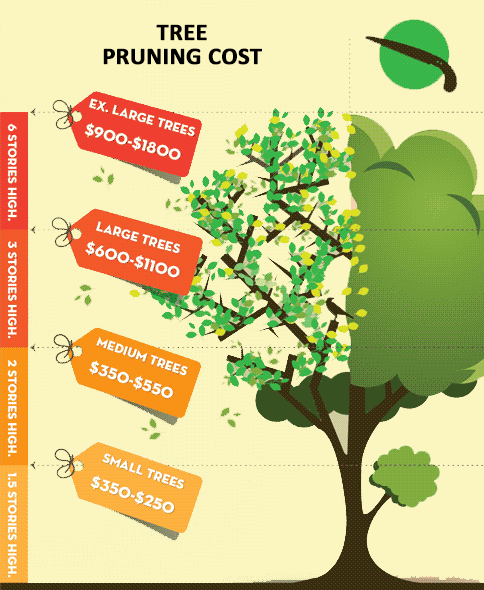Tree Treatment Throughout The Seasons: Finest Practices For Managing Trees Prior To And Adhering To Removal
Tree Treatment Throughout The Seasons: Finest Practices For Managing Trees Prior To And Adhering To Removal
Blog Article
Web Content Develop By-
When it pertains to seasonal tree treatment, making certain appropriate monitoring before and after removal can significantly affect the health and aesthetic appeals of your landscape. By recognizing the essential actions associated with assessing tree health and wellness and planning for elimination, you can proactively protect your residential or commercial property. But what about the important techniques to comply with once the tree is gone? Remain tuned to uncover the vital post-removal care steps that will help you grow a thriving and lasting setting for your trees.
Pre-Removal Tree Treatment
Prior to addressing the elimination of a tree, it's vital to prioritize pre-removal tree care. Start by evaluating the tree's health and wellness and architectural stability. Look for indicators of illness, pest invasions, or any architectural concerns that may pose a security threat throughout removal. It's necessary to talk to a licensed arborist to figure out the best strategy.
Trimming dead or infected branches can protect against additional damage to the tree and make certain a smoother removal process.
In addition, consider the ecological impact of getting rid of the tree. Trees play an essential function in our environment, so planting a new tree in a suitable area can assist balance out any kind of loss. Make landscape service that you have the needed authorizations and approvals for tree elimination, particularly if the tree is protected by neighborhood laws.
Seasonal Maintenance Tips
Examining your tree's needs throughout the year is necessary for its health and long life. To keep your trees in leading condition, comply with these seasonal maintenance pointers.
In springtime, focus on pruning to eliminate dead or broken branches and urge brand-new development.
please click the next internet page calls for routine watering, particularly throughout droughts, to guarantee your tree remains hydrated.
As landscape maintenace , keep an eye out for very early indications of illness or tension, and take into consideration applying compost to protect the roots throughout winter season.
In winter, beware when removing snow from branches to prevent damage, and remain to monitor your tree's general health.
Bear in mind to readjust your care routine based on the specific needs of your tree types and local environment. By staying attentive and aggressive throughout the seasons, you can aid your trees thrive and flourish for many years to find.
Post-Removal Tree Treatment
To make sure the health of your landscape even after tree elimination, correct post-removal care is crucial. After a tree is gotten rid of, it's essential to fill up the staying hole with topsoil and small it to stop settling. This will help keep the integrity of the ground and stop prospective threats in the future.
Think about growing new vegetation instead of the gotten rid of tree to recover the equilibrium and visual appeals of your landscape. Consistently water the area to promote the growth of new plants and protect against dirt disintegration.
Evaluate the surrounding trees for any type of indicators of disease or stress that might have been caused by the removed tree. Watch out for pests that might've been drawn in to the previous tree and take preventive measures to safeguard the continuing to be vegetation.
If necessary, speak with an expert arborist to examine the impact of the elimination on the bordering trees and establish any added care required. By adhering to these post-removal care steps, you can guarantee the continued health and wellness and beauty of your landscape.
Conclusion
In conclusion, aggressive seasonal tree treatment is essential for maintaining the wellness and equilibrium of your landscape. By analyzing tree wellness, trimming, and speaking with an arborist prior to removal, you can ensure a risk-free procedure. After elimination, filling up the hole, growing new vegetation, and routine watering will certainly promote new development and prevent erosion. Bear in mind to inspect bordering trees for illness and seek further treatment actions from an arborist to keep your landscape thriving.
